The Ultimate Guide To Companion Planting Scarlet Runner Beans
The Ultimate Guide to Companion Planting Scarlet Runner Beans
Scarlet runner beans are a beautiful and delicious addition to any garden. They are also relatively easy to grow, but they can benefit from companion planting. Companion planting is the practice of planting different types of plants together in order to promote their growth and deter pests and diseases.
There are many different plants that can be companion planted with scarlet runner beans. Some of the best companions include:
- Cucumbers: Cucumbers and scarlet runner beans can help each other grow by providing shade and support. The cucumbers will benefit from the shade of the scarlet runner beans, and the scarlet runner beans will benefit from the support of the cucumber vines.
- Carrots: Carrots and scarlet runner beans can help each other deter pests. The carrots will release a chemical that repels carrot flies, and the scarlet runner beans will release a chemical that repels bean beetles.
- Lettuce: Lettuce and scarlet runner beans can help each other improve soil quality. The lettuce will add nitrogen to the soil, and the scarlet runner beans will help to break down organic matter.
- Peas: Peas and scarlet runner beans can help each other improve air circulation. The peas will help to keep the air flowing around the scarlet runner beans, and the scarlet runner beans will help to shade the peas from the hot sun.
- Tomatoes: Tomatoes and scarlet runner beans can help each other attract pollinators. The tomatoes will attract bees and butterflies, and the scarlet runner beans will attract hummingbirds.
In addition to these specific companion plants, there are a few general principles that can be followed when companion planting scarlet runner beans. These principles include:
- Plant tall plants with short plants. Scarlet runner beans are tall plants, so they should be planted with shorter plants that will not be shaded out.
- Plant plants with similar water needs together. Scarlet runner beans need a lot of water, so they should be planted with other plants that also have high water needs.
- Plant plants with similar nutrient needs together. Scarlet runner beans are heavy feeders, so they should be planted with other plants that also need a lot of nutrients.
By following these principles, you can create a successful companion planting scheme for your scarlet runner beans.
Here are some additional tips for companion planting scarlet runner beans:
- Start with a plan. Before you start planting, take some time to think about which plants you want to grow together. Consider their height, water needs, and nutrient needs.
- Plant in blocks. Instead of planting individual plants, plant groups of plants together. This will help to create a more balanced and beneficial ecosystem in your garden.
- Rotate your crops. Don't plant the same plants in the same spot year after year. This can lead to the buildup of pests and diseases.
- Mulch around your plants. Mulch helps to retain moisture and suppress weeds. It can also help to deter pests.
- Watch your plants closely. Be on the lookout for pests and diseases. If you see a problem, take action immediately.
By following these tips, you can successfully companion plant scarlet runner beans and enjoy a bountiful harvest.
Scarlet runner beans are a beautiful and productive addition to any garden. But did you know that they can also benefit from companion planting? Companion planting is the practice of planting different types of plants together in order to create a mutually beneficial relationship.
Some of the best companion plants for scarlet runner beans include:
- Marigolds: Marigolds help to repel pests such as aphids, Mexican bean beetles, and whiteflies.
- Nasturtiums: Nasturtiums also help to repel pests, and they can also attract beneficial insects such as ladybugs and hoverflies.
- Cucumbers: Cucumbers and scarlet runner beans can be planted together because they have similar growing requirements. They also help to shade each other from the hot sun.
- Peas: Peas can be planted at the base of scarlet runner bean vines to help improve the nitrogen content of the soil.
- Tomatillos: Tomatillos and scarlet runner beans can be planted together because they have similar growing requirements and they can help to deter pests.
If you're interested in learning more about companion planting with scarlet runner beans, I recommend visiting Gardenia Inspiration. This website has a wealth of information on the topic, including a list of recommended companion plants, tips on how to plant them together, and more.
FAQ of scarlet runner beans companion planting
- What are some good companion plants for scarlet runner beans?
- Strawberries: Scarlet runner beans can provide shade for strawberries, which can help to protect them from the sun and pests.
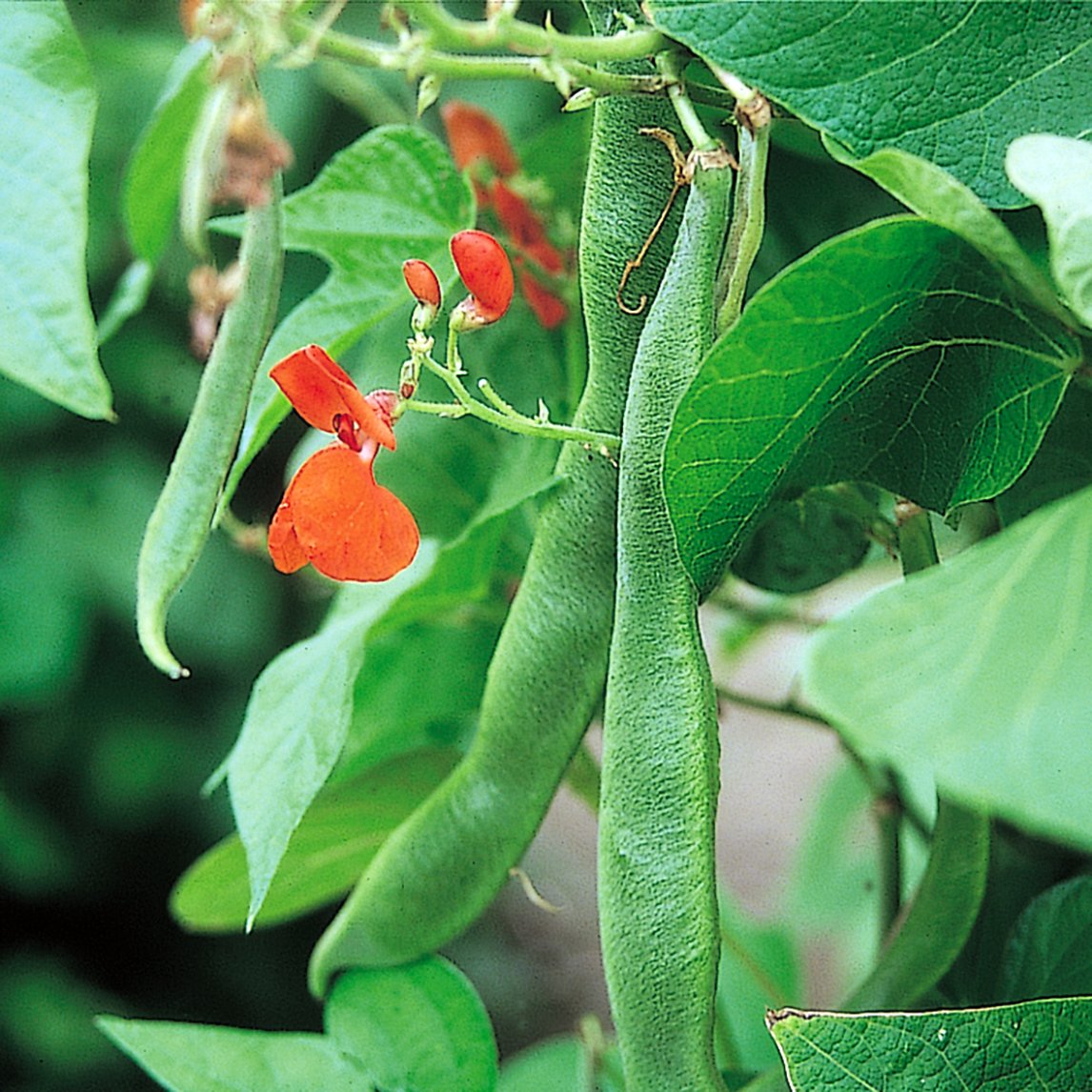
- Radishes: Radishes can help to deter pests from attacking scarlet runner beans.
- Celery: Scarlet runner beans can help to improve the flavor of celery.
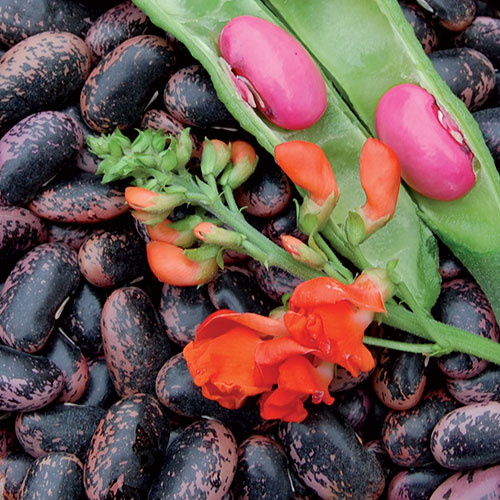
- Sweet potatoes: Scarlet runner beans can help to improve the yield of sweet potatoes.

- Peas: Scarlet runner beans and peas can both help to improve the nitrogen content of the soil.

- What are some plants that should not be planted near scarlet runner beans?
- Cabbage family vegetables: Scarlet runner beans can attract pests that also feed on cabbage family vegetables, such as broccoli, cauliflower, and Brussels sprouts.

- Onions and garlic: Scarlet runner beans can stunt the growth of onions and garlic.
- Potatoes: Scarlet runner beans can compete with potatoes for nutrients.
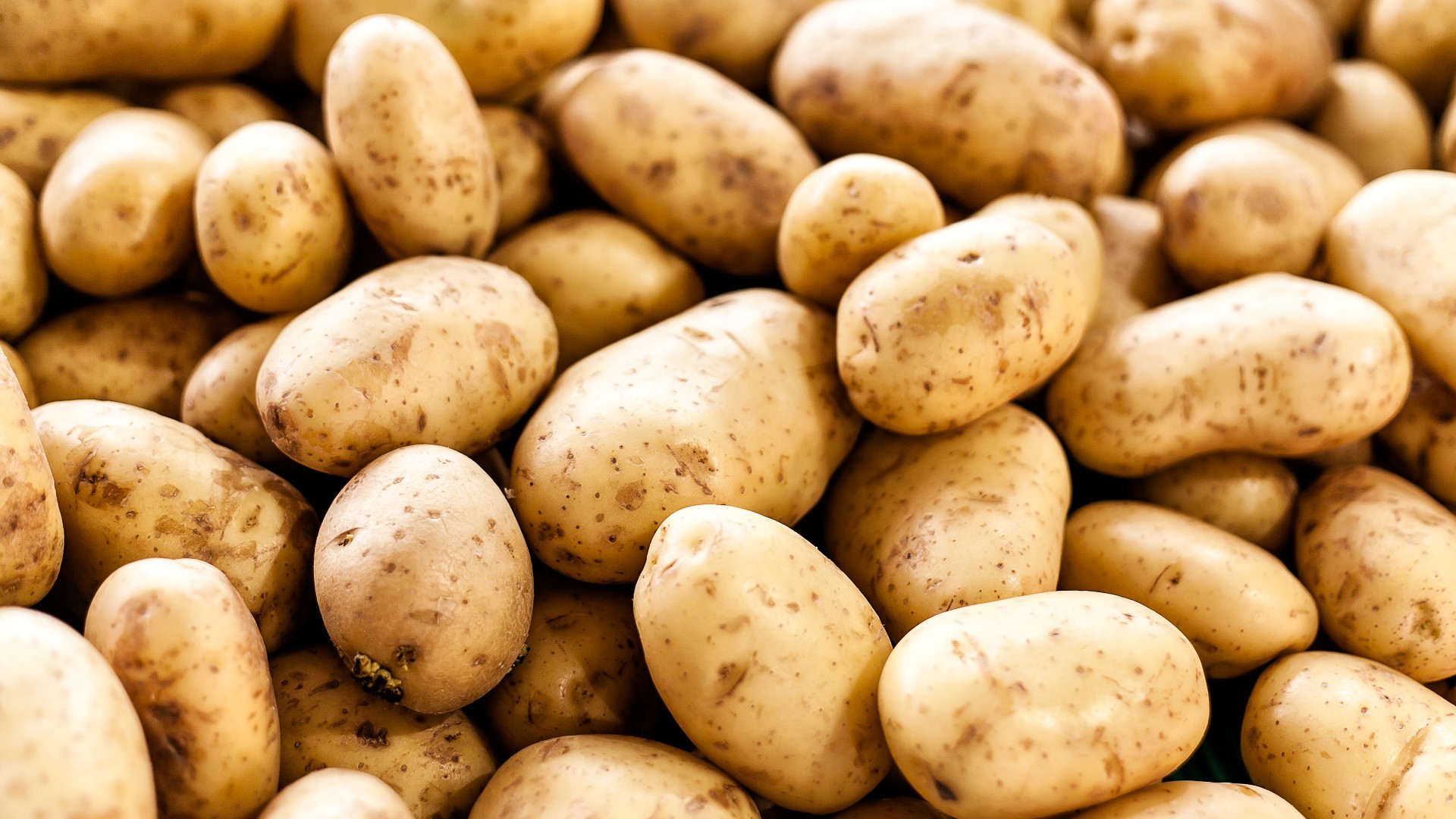
- Fennel: Scarlet runner beans can inhibit the growth of fennel.

- Tomatoes: Scarlet runner beans can attract pests that also feed on tomatoes, such as the tomato hornworm.

- How far apart should scarlet runner beans be planted?
Scarlet runner beans should be planted 3 to 6 inches apart. They can grow up to 6 feet tall, so they will need plenty of space to spread out.
- When should scarlet runner beans be planted?
Scarlet runner beans can be planted in the spring, once the soil has warmed up to at least 60 degrees Fahrenheit. They will need full sun to thrive.
- How do you care for scarlet runner beans?
Scarlet runner beans need regular watering, especially during hot, dry weather. They also benefit from a side dressing of fertilizer every few weeks. To keep the plants healthy and pest-free, it is important to remove any dead or diseased leaves as soon as you see them.
Image of scarlet runner beans companion planting
- Scarlet runner beans and nasturtiums. Nasturtiums are a good companion plant for scarlet runner beans because they deter pests and attract pollinators.

- Scarlet runner beans and marigolds. Marigolds are another good companion plant for scarlet runner beans because they deter pests and attract pollinators.
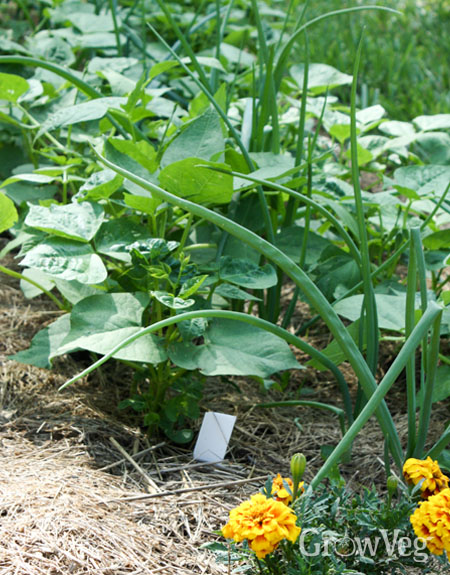
- Scarlet runner beans and tomatoes. Tomatoes and scarlet runner beans can be planted together because they have similar growing requirements. Tomatoes need full sun and well-drained soil, and scarlet runner beans also prefer full sun and well-drained soil.
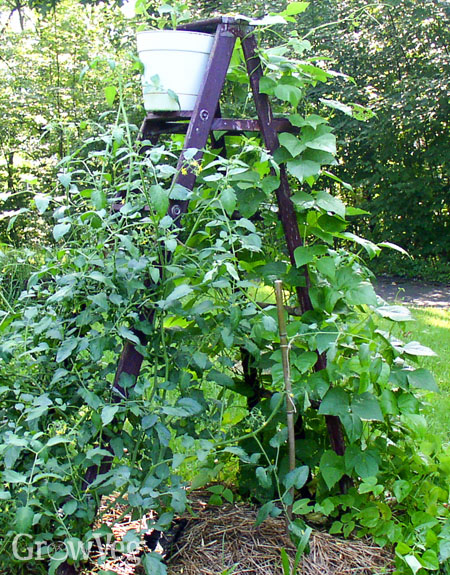
- Scarlet runner beans and corn. Corn and scarlet runner beans can be planted together because they benefit each other. Corn provides support for the scarlet runner beans to climb, and the scarlet runner beans help to suppress weeds around the corn plants.
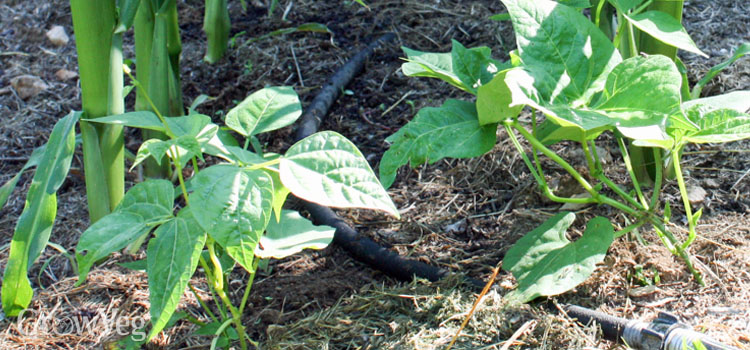
- Scarlet runner beans and potatoes. Scarlet runner beans and potatoes can be planted together because they have different pests and diseases. Scarlet runner beans attract pests away from potatoes, and potatoes help to suppress weeds around the scarlet runner bean plants.


Post a Comment for "The Ultimate Guide To Companion Planting Scarlet Runner Beans"